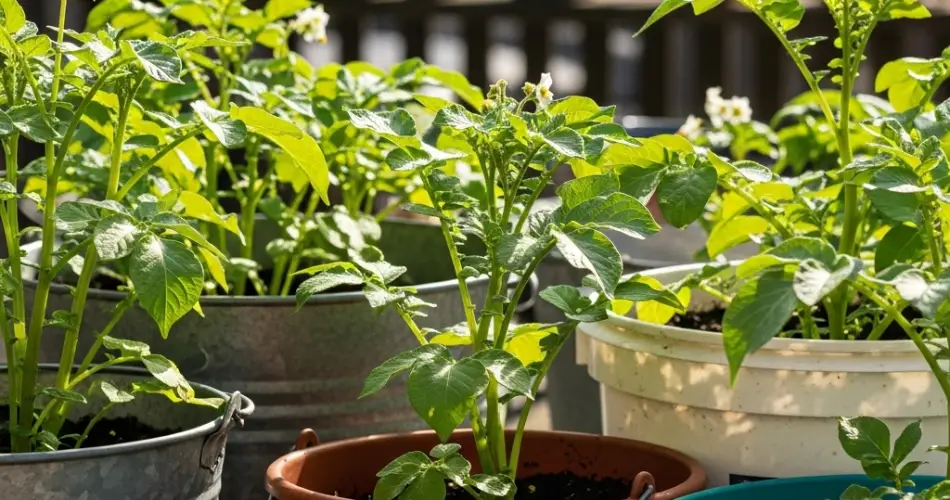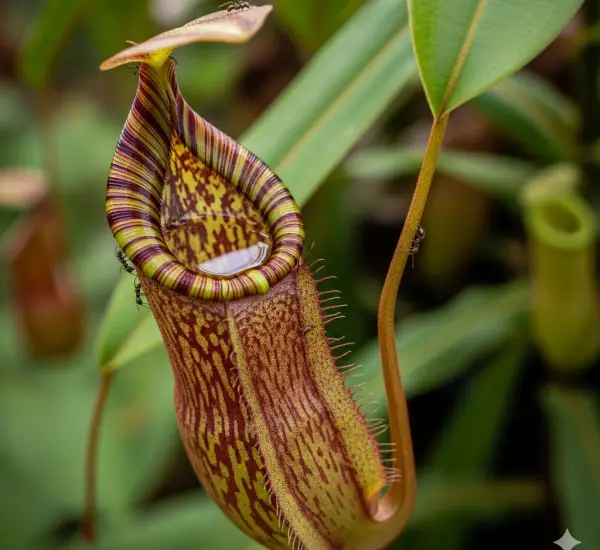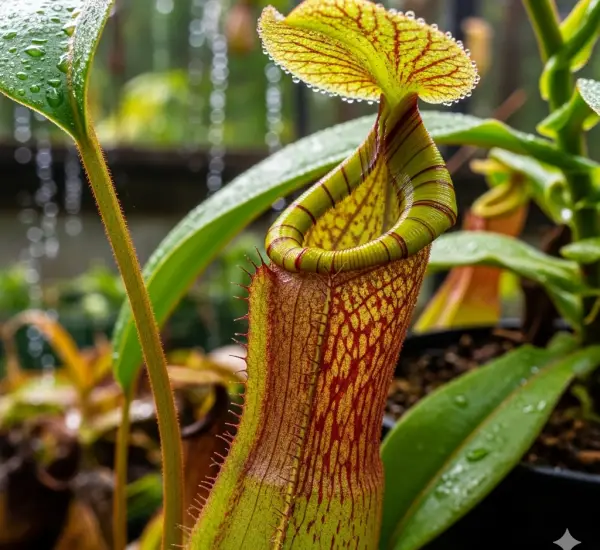Growing potatoes in containers is an excellent solution for gardeners with limited space. Whether you have a balcony, patio, or small backyard, potted potatoes allow you to enjoy fresh, homegrown tubers without a traditional garden bed. Container gardening for potatoes is simple, rewarding, and surprisingly productive when done correctly. This guide will walk you through planting, care, and harvesting to ensure a bountiful crop.
Choosing the Right Container
The first step to a successful potted potato harvest is selecting an appropriate container. Buckets, large pots, or wooden barrels with a minimum depth of 12 to 16 inches work best. Wider containers provide room for multiple tubers to develop. Make sure your container has drainage holes to prevent water from accumulating at the bottom, which can lead to rot and poor growth.
Selecting Seed Potatoes
Start with certified seed potatoes rather than grocery store varieties, which may carry diseases. Seed potatoes are small tubers or pieces of larger tubers with at least one “eye” or sprout. Cut larger seed potatoes into 1.5- to 2-inch pieces, each with at least one eye. Allow the pieces to dry for a day or two to form a protective callus, which helps prevent rot after planting.
Preparing the Soil Mix
Potatoes thrive in loose, well-draining soil. A suitable mix combines garden soil, compost, and sand or perlite to ensure adequate aeration and drainage. Avoid heavy clay soils that can restrict root growth. A balanced mix of 2 parts soil, 1 part compost, and 1 part sand or perlite creates the ideal environment for tubers to expand and develop evenly. Incorporate organic fertilizer into the soil to give your plants a nutrient boost.
Planting Potatoes
Fill your container with 4 to 6 inches of the soil mix. Place seed potatoes on top of the soil, eyes facing upward, and cover them with 3 to 4 inches of soil. Water gently to settle the soil around the tubers. As the plants grow, continue adding soil around the stems, a process known as “hilling.” Hilling encourages tuber development along the buried stems and prevents exposure to sunlight, which can turn potatoes green and toxic.
Sunlight and Placement
Potatoes require full sun for optimal growth. Position your containers where they will receive at least 6 hours of direct sunlight daily. Adequate sunlight promotes healthy foliage and encourages robust tuber formation. While potatoes can tolerate partial shade, reduced light may result in smaller, less flavorful tubers.
Watering and Maintenance
Consistent moisture is essential for container-grown potatoes. Water regularly to keep the soil evenly moist, particularly during tuber formation. Avoid overwatering, which can cause rot, and ensure the soil does not dry out completely, which can result in tough or split tubers. Mulching with straw or shredded leaves can help retain moisture and keep soil temperatures stable.
Fertilization
Potatoes benefit from regular feeding to support tuber development. Use a balanced organic fertilizer every 3 to 4 weeks, focusing on phosphorus and potassium to encourage healthy roots and tubers. Avoid excessive nitrogen, which can lead to abundant foliage at the expense of tuber growth.
Pest and Disease Control
Container-grown potatoes are generally hardy but can attract pests such as aphids, wireworms, and Colorado potato beetles. Inspect plants regularly and remove pests manually or use organic insecticidal solutions when necessary. Adequate spacing, good air circulation, and proper watering reduce the risk of fungal diseases such as blight or powdery mildew.
Harvesting Potatoes
Potatoes can be harvested in stages. “New potatoes” are ready about 10 weeks after planting, once the plants flower. For mature tubers, wait until the foliage turns yellow and begins to die back, usually 12 to 16 weeks after planting. Gently dig into the soil to avoid damaging the tubers. Let potatoes cure in a cool, dark place for a few days before storing them.
Tips for Continuous Harvests
Succession planting can extend your potato harvest. Plant new seed potatoes in separate containers every few weeks to ensure a steady supply. Regularly monitor soil moisture, sunlight exposure, and plant health to maximize yields.
Final Thoughts
Growing potatoes in pots is a practical and rewarding way to enjoy fresh, homegrown produce without the need for a traditional garden. With the right container, nutrient-rich soil, consistent watering, and proper care, potted potatoes can yield abundant, flavorful tubers. This method makes potato cultivation accessible to gardeners of all skill levels and limited space, ensuring that everyone can enjoy the satisfaction of harvesting their own potatoes.



